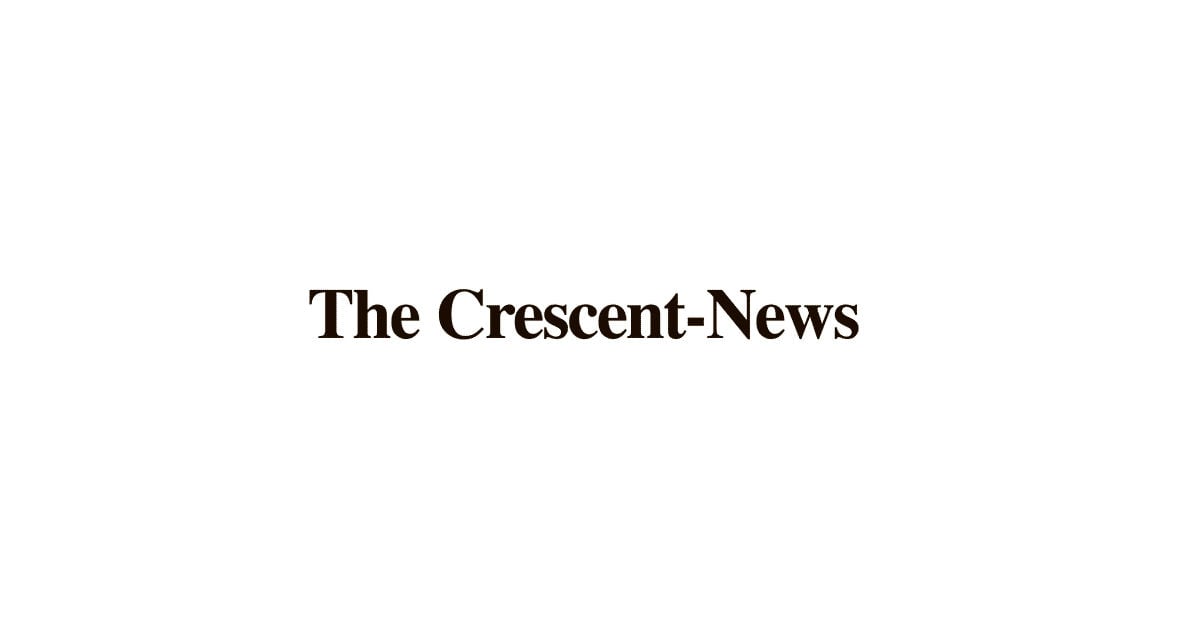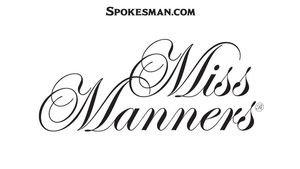Understanding the ins and outs of a commercial lease is essential for any business looking to secure the perfect space. A well-negotiated lease can provide the flexibility to grow, while a poorly constructed agreement might hinder your business’s potential.
Commercial Leasing 101: Key Factors to Consider Before Signing a Lease

1. Align Your Lease with Business Goals
Before diving into a lease agreement, ensure that the lease terms align with your long-term business objectives. Consider the lease duration carefully. Whether you opt for a one-year, five-year, or longer term, it’s crucial to understand how the lease length will impact your rent obligations and flexibility (source).
2. Understand Rent Structures and Adjustments
Commercial leases often involve complex rent structures. Basic rent typically requires equal monthly payments, while some leases may include percentage rent based on your gross sales after reaching specific thresholds (source). Additionally, be aware of rent escalation clauses that adjust rent over time, ensuring you’re prepared for any increases (source).
3. Evaluate Additional Costs
Beyond the base rent, leases often include additional expenses. Familiarize yourself with terms like Taxes, Insurance, and Common Area Maintenance charges (TICAM), which are passed on from landlords based on your share of the property (source). Also, consider if utilities are included or if you’ll be responsible for them separately.
4. Security Deposits and Personal Guarantees
Commercial leases typically require a security deposit, which can be substantial and is often held in an escrow account (source). Understand the amount required and any conditions for its return. Additionally, be cautious about personal guarantees that may hold you personally liable for lease obligations (source).
5. Lease Commencement Dates
Clarify the difference between the lease commencement date and the rent commencement date. These dates might not coincide, especially if there are construction delays or if the landlord offers a rent-free period (source).
6. Maintenance Responsibilities
Outline clearly who is responsible for maintenance duties. The lease should specify which tasks fall under the landlord and which are the tenant’s responsibility to prevent future disputes (source).
7. Subletting and Assignments
If there’s a possibility you may need to move or downsize, ensure the lease includes provisions for subletting or assigning the lease. Note that any subletting typically requires the landlord’s approval, and you’ll remain responsible for the lease obligations (source).
8. Termination and Exit Clauses
Understanding the conditions under which you can terminate the lease is vital. Early termination clauses often involve penalties or fees, so make sure these terms are clearly defined (source).
9. Compliance with Legal Standards
Ensure the property complies with zoning laws and the Americans with Disabilities Act (ADA). Regular compliance checks are essential to avoid legal issues down the line (source).
10. Evaluate the Location and Surroundings
Before committing, assess the dynamics of neighboring tenants and the overall environment. Understanding peak times, accessibility, and potential future construction can impact your business operations (source).
11. Negotiate Lease Terms
Don’t hesitate to negotiate terms that can benefit your business, such as rent concessions, options for dedicated parking, or the right to sublease (source).
12. Utilize Professional Assistance
Engage professionals like leasing brokers, accountants, and real estate attorneys to guide you through the leasing process. Their expertise can help you navigate complex terms and ensure your interests are protected (source).
13. Consider Technological Tools
Leverage property management software for efficient lease management. Tools that offer digital signatures and cloud storage can streamline the process and keep all your documents organized (source).
14. Arbitration and Dispute Resolution
Including an arbitration clause in your lease can provide a private and cost-effective method for resolving disputes without resorting to court proceedings (source).
15. Align with Growth Prospects
Choose a lease that accommodates your business’s potential growth. Flexibility is key, so consider whether the space can be modified or expanded if needed (source).
16. Evaluate Additional Clauses
Be aware of clauses like right-of-first-refusal, exclusivity clauses, and buildout provisions. These can significantly affect your operations and opportunities (source).
Conclusion
Signing a commercial lease is a complex process that requires careful consideration of numerous factors. By thoroughly understanding the lease terms, assessing additional costs, and seeking professional guidance, you can secure a lease that supports your business objectives and provides a solid foundation for growth.











